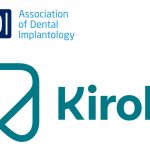Dentists spend much of their time in close contact with their patients. This facilitates a positive professional-patient rapport, and helps dentists to gain a deeper understanding of each individual. As a result, every patient receives tailored dental care suited to their situation.
However, most dentists will encounter patient complaints throughout their career, and regardless of the complaint’s validity, it can be incredibly demoralising. The elusive nature of grievances means they can come at any time, for any reason, and so devising a preventative strategy can be challenging. Nonetheless, all dentists should continue to minimise the possibility of complaints arising and should a claim be made, be able to take steps to rectify the situation.
For dentists who are new to the industry, or those who have been in the field for years, patient complaints provide the opportunity to learn from errors and gain the skills necessary to handle complaints confidently and constructively.
 Complaints and treatment
Complaints and treatment
It’s vital for dentists to understand why patients complain and, instead of taking these criticisms personally, listen to them without putting on a defensive front. It can often be difficult to remain calm in the face of a grievance, especially when a patient becomes aggressive or rude, but staying composed will keep the situation manageable and resolvable.
According to the Dental Defence Union (DDU), the most common cause for a complaint was dissatisfaction about treatment.[i] Even when a dentist takes all the appropriate steps to ensure the treatment outcome is successful, a patient may still be dissatisfied. For protection from legal action, dentists should ensure they’ve covered all bases, by communicating effectively with their patients, engaging them during the treatment planning and keeping them consistently informed throughout the treatment process.
Developing a positive professional-patient relationship and delivering exceptional patient care throughout the duration of treatment may help dentists to mitigate a potential complaint. If, for instance, the patient has undergone dental implant therapy and was unhappy with the aesthetic outcome, instead of the grievance escalating, the dentist can remedy the situation through communicating with the patient directly and offering compensation. This can be in the form of a full or partial refund and rectifying the treatment promptly. By demonstrating a willingness to correct any problems, the patient will recognise that their complaint has been taken seriously.
The dental environment
There are various non-clinical factors that can influence a patient’s decision to log a complaint, ranging from administrative to environmental influences. If something were to go awry during treatment, a patient may be more inclined to complain if other aspects of the dental practice were also dissatisfactory. If the dental environment is inadequate in some way (perhaps the furniture in the waiting room is uncomfortable, or the bathroom facilities are sub-par) then this will further affect the patient’s opinion of the dental practice. Thus, ensuring that the dental practice is a pleasant and visually-welcoming place can make all the difference.
All members of the dental team, especially those who are largely patient-facing, such as receptionists and dental nurses, play a significant role in making the patient experience positive and affirming. When entering the dental practice, patients wish to be greeted by approachable, knowledgeable and courteous staff. This is especially true for patients who may be experiencing dental anxiety, or vulnerable patients who need extra consideration. A friendly, welcoming face will help relax patients and set the overall tone for their visit. The dental team will also be able to spot the early signs of patient dissatisfaction and make attempts to rectify the situation before it becomes a matter of complaint.
The quality of the facilities is another driving factor in patient satisfaction – the participants in one qualitative study[ii] noted that the quality of dental services, such as the technologies, equipment and facilities used, were factors in patient satisfaction. Dentistry has developed impressively over the years, producing new modalities that aid in maximising how dentists deliver care to their patients. Adopting new tools and equipment, such as those digital in nature, can come with a steep learning curve, but dentists should consider upgrading their dental repertoire to help streamline treatment and deliver more successful outcomes more efficiently than with conventional methods.
The support when you need it most
Rodericks Dental is committed to supporting dentists efficiently and competently, by providing them with access to a complaint handling team, as well providing high-grade materials, equipment and state-of-the-art facilities, helping dentists to deliver exceptional care to every patient. Because Rodericks Dental is clinically-led, they recognise the needs of not just patients, but of dentists too, so they provide ample benefits such as career development opportunities and mentoring for enhanced skills. A career with Rodericks Dental means providing optimal dentistry with support readily available whenever it’s needed.
Complaints are unpleasant, for the patient and the dentist both and can be triggered by many different reasons that cannot always be foreseen. Nonetheless, they also present an opportunity to grow as a professional, and gain the skills to handle them with confidence and assurance should they arise in the future.
For more information on the career opportunities available at Rodericks, please visit www.rodericksdentalcareers.co.uk, or contact Ashley Lillyman at recruitment@rodericksdental.co.uk or on 01604 970988 (option 1)
#wearerodericks
[i] Why do dental patients complain? (2013c). British Dental Journal, [online] Available at: https://www.nature.com/articles/sj.bdj.2013.1014 [Accessed 1 Mar. 2022].
[ii] Luo, J.Y.N., Liu, P.P. and Wong, M.C.M. (2018b). Patients’ satisfaction with dental care: a qualitative study to develop a satisfaction instrument. BMC Oral Health, [online] Available at: https://bmcoralhealth.biomedcentral.com/articles/10.1186/s12903-018-0477-7#Sec6 [Accessed 1 Mar. 2022].




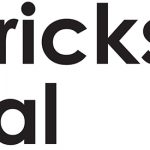
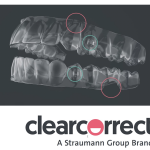


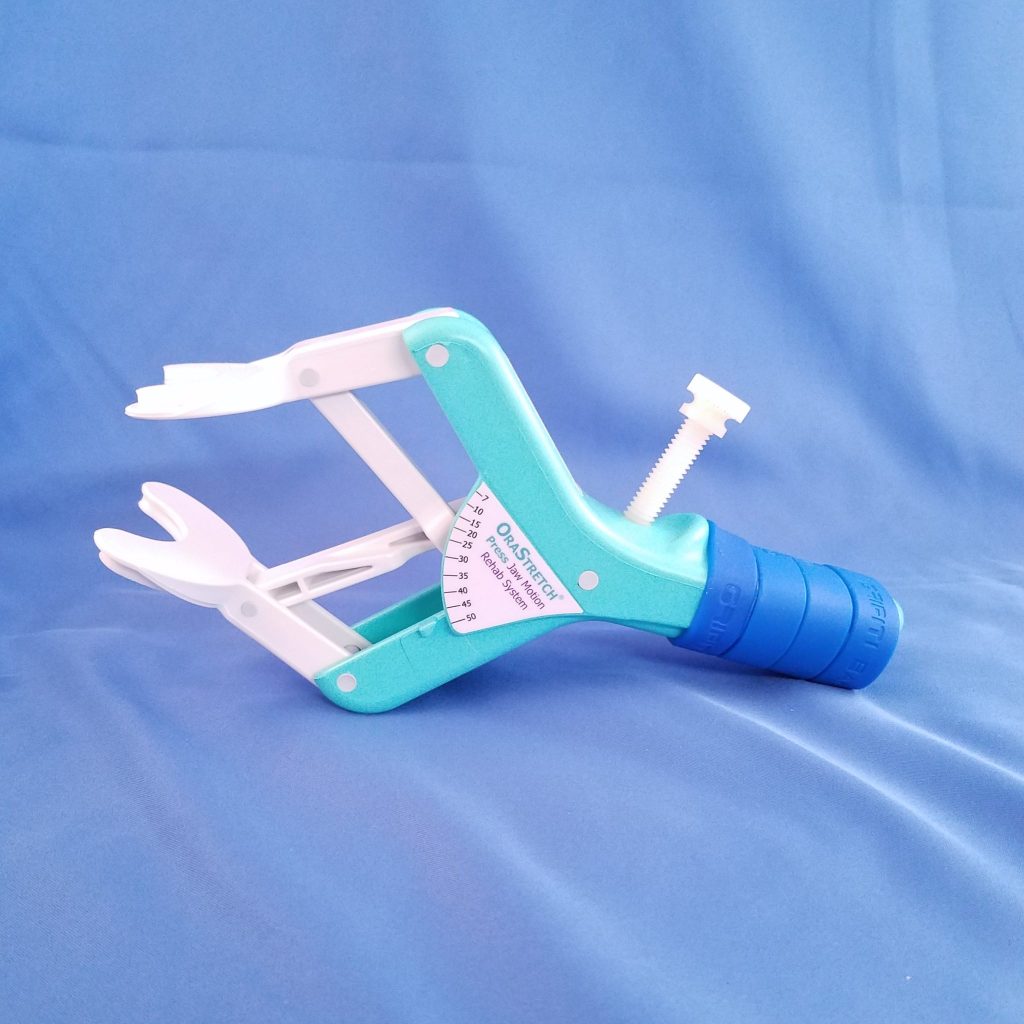 With all these overlapping conditions how can the dental team help patients? Well, the good news is that because these problems are linked, progress with one can have a positive impact on another. As dental practitioners, helping a patient with TMD probably will not eliminate another condition, but it can certainly improve the patient’s quality of life. Moreover, by giving the patient a concrete treatment plan, particularly where they feel like they are actively contributing to their own recovery, this can be very beneficial for how they feel about their illness. Chronic conditions can make a person feel helpless, which is very bad for their mental wellbeing. A plan of attack, and steps a patient can take, will help them regain some sense of control.
With all these overlapping conditions how can the dental team help patients? Well, the good news is that because these problems are linked, progress with one can have a positive impact on another. As dental practitioners, helping a patient with TMD probably will not eliminate another condition, but it can certainly improve the patient’s quality of life. Moreover, by giving the patient a concrete treatment plan, particularly where they feel like they are actively contributing to their own recovery, this can be very beneficial for how they feel about their illness. Chronic conditions can make a person feel helpless, which is very bad for their mental wellbeing. A plan of attack, and steps a patient can take, will help them regain some sense of control.
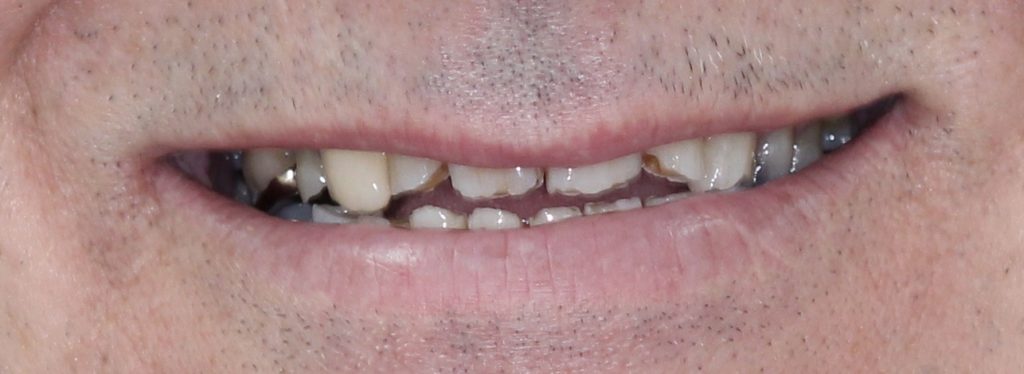
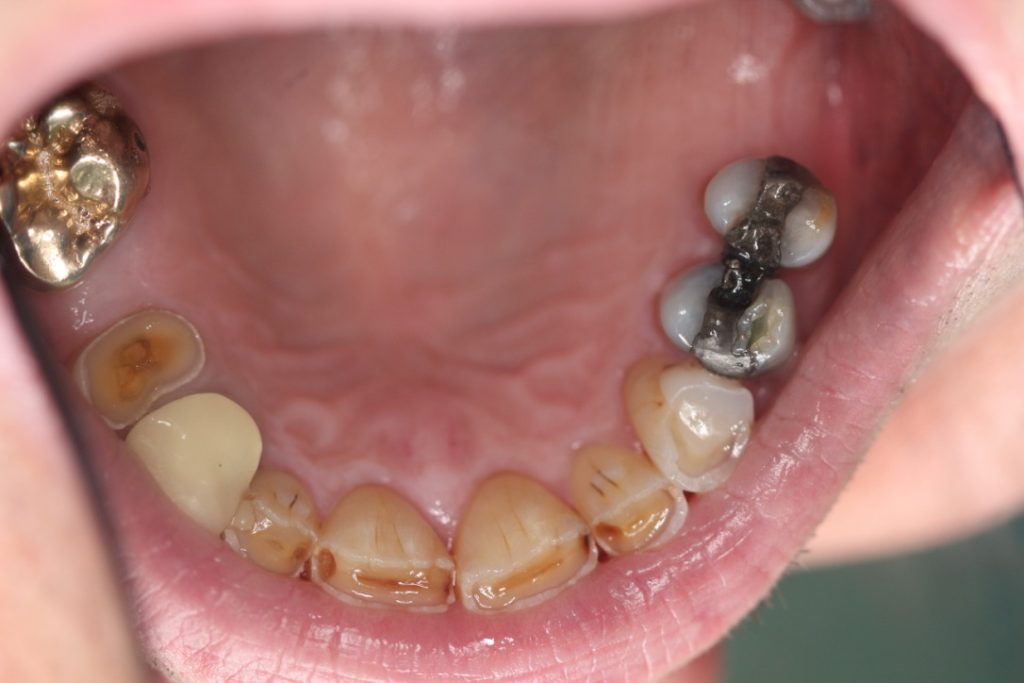
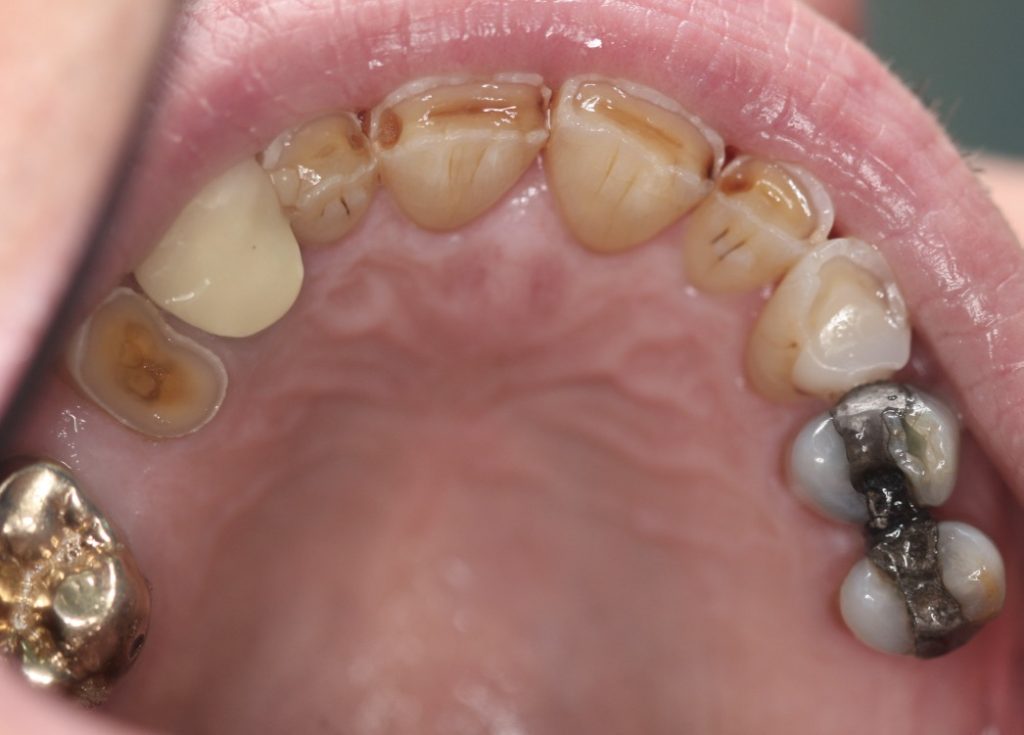
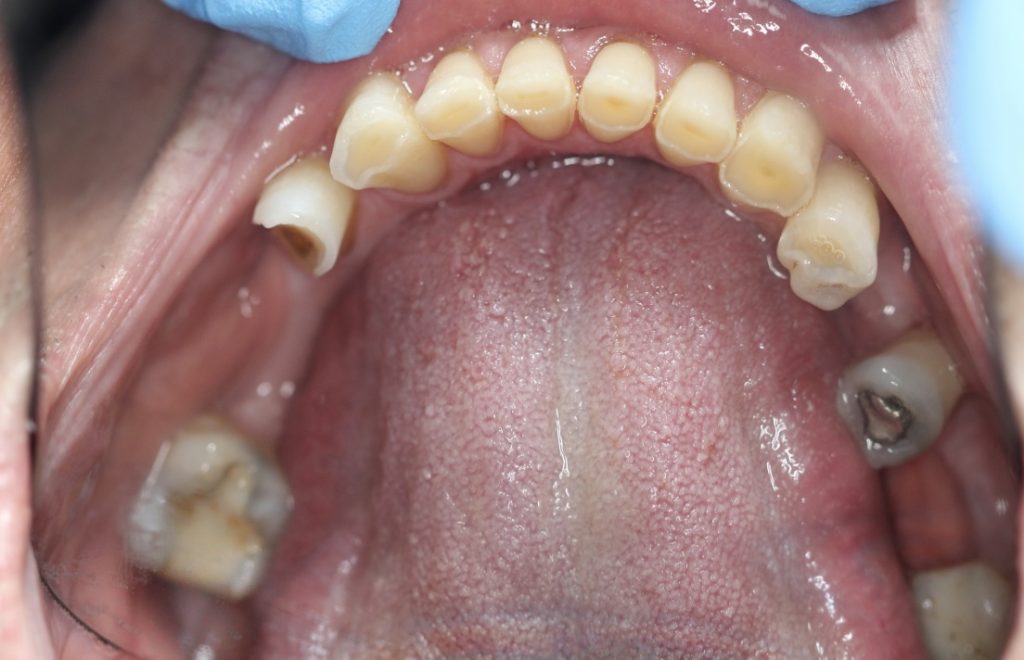
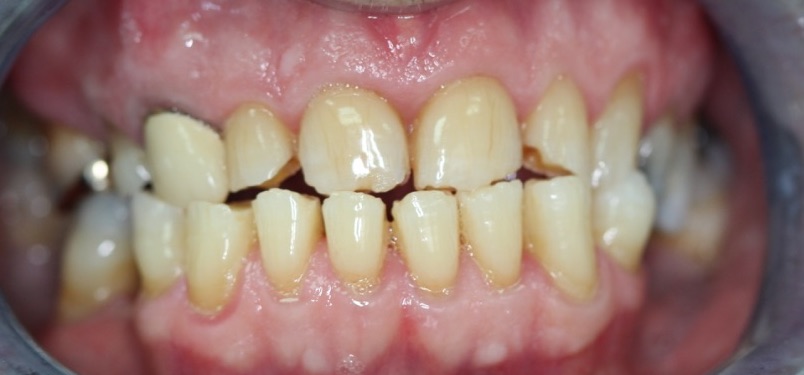
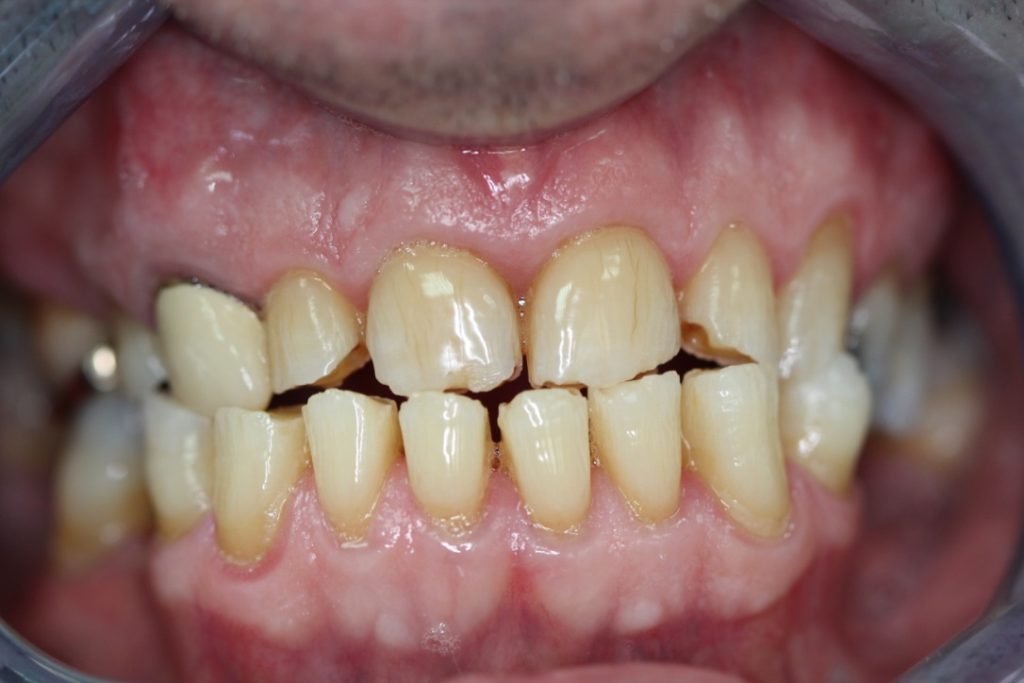
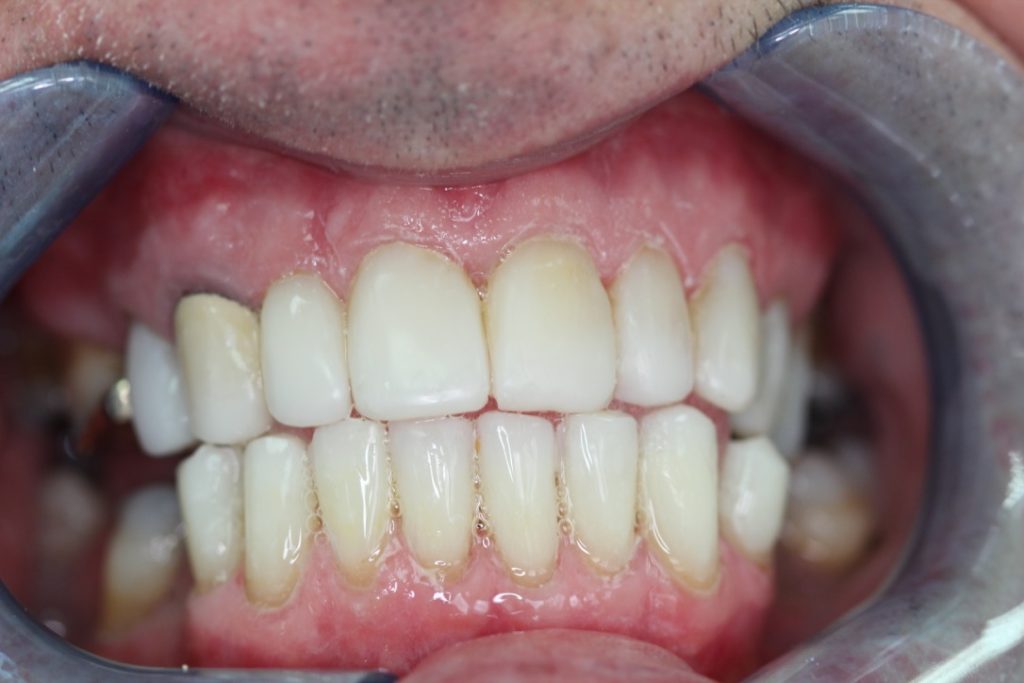
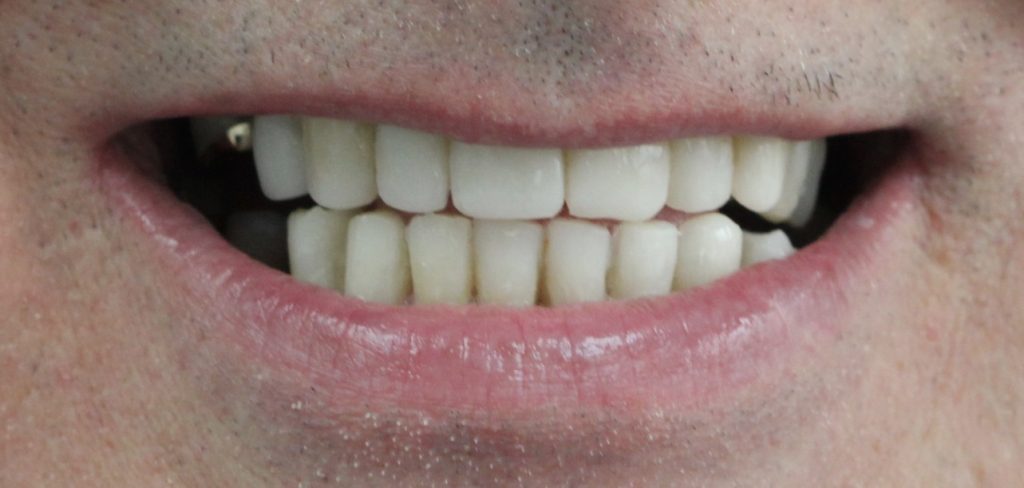

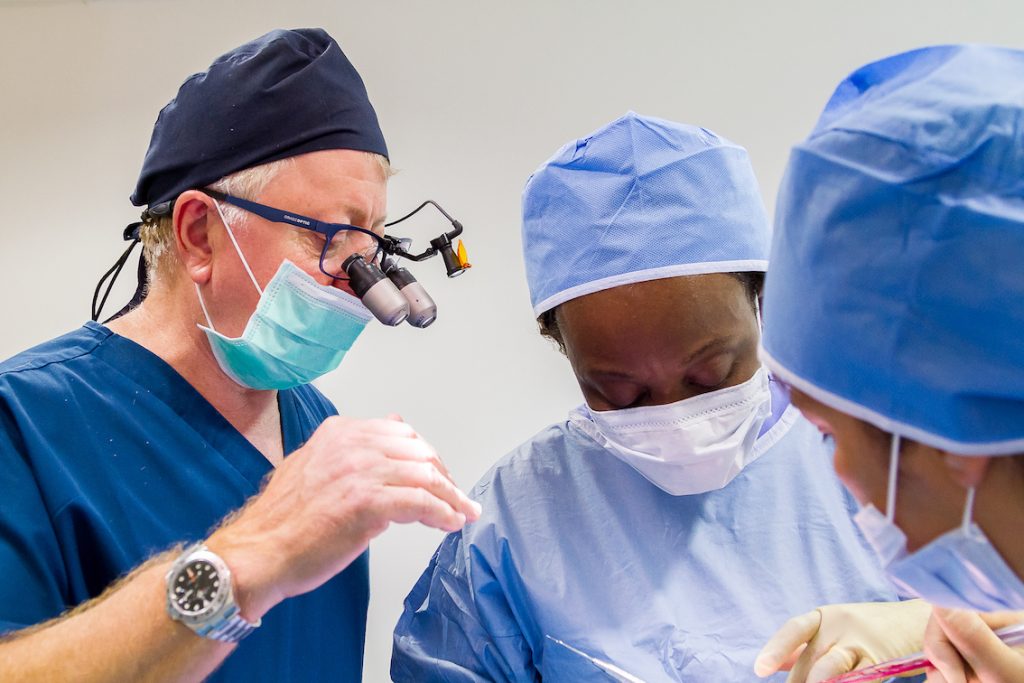 Medically-compromised patients, such as those with systematic conditions like arthritis, cardiovascular diseases and neurologic disorders,
Medically-compromised patients, such as those with systematic conditions like arthritis, cardiovascular diseases and neurologic disorders,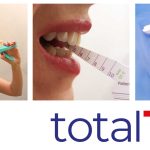

 The most common sleep disorders include insomnia, narcolepsy, restless leg syndrome and sleep apnoea.
The most common sleep disorders include insomnia, narcolepsy, restless leg syndrome and sleep apnoea.